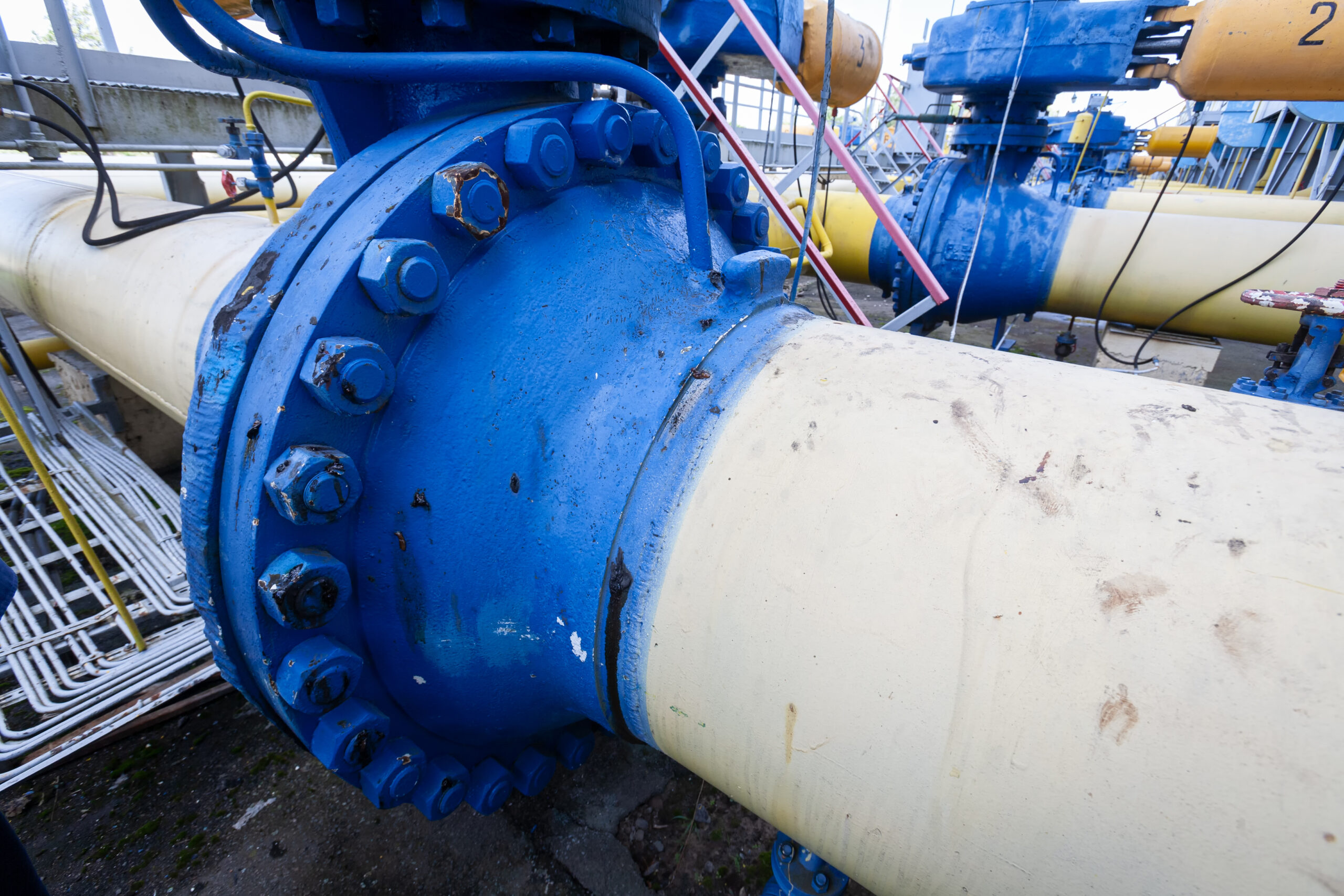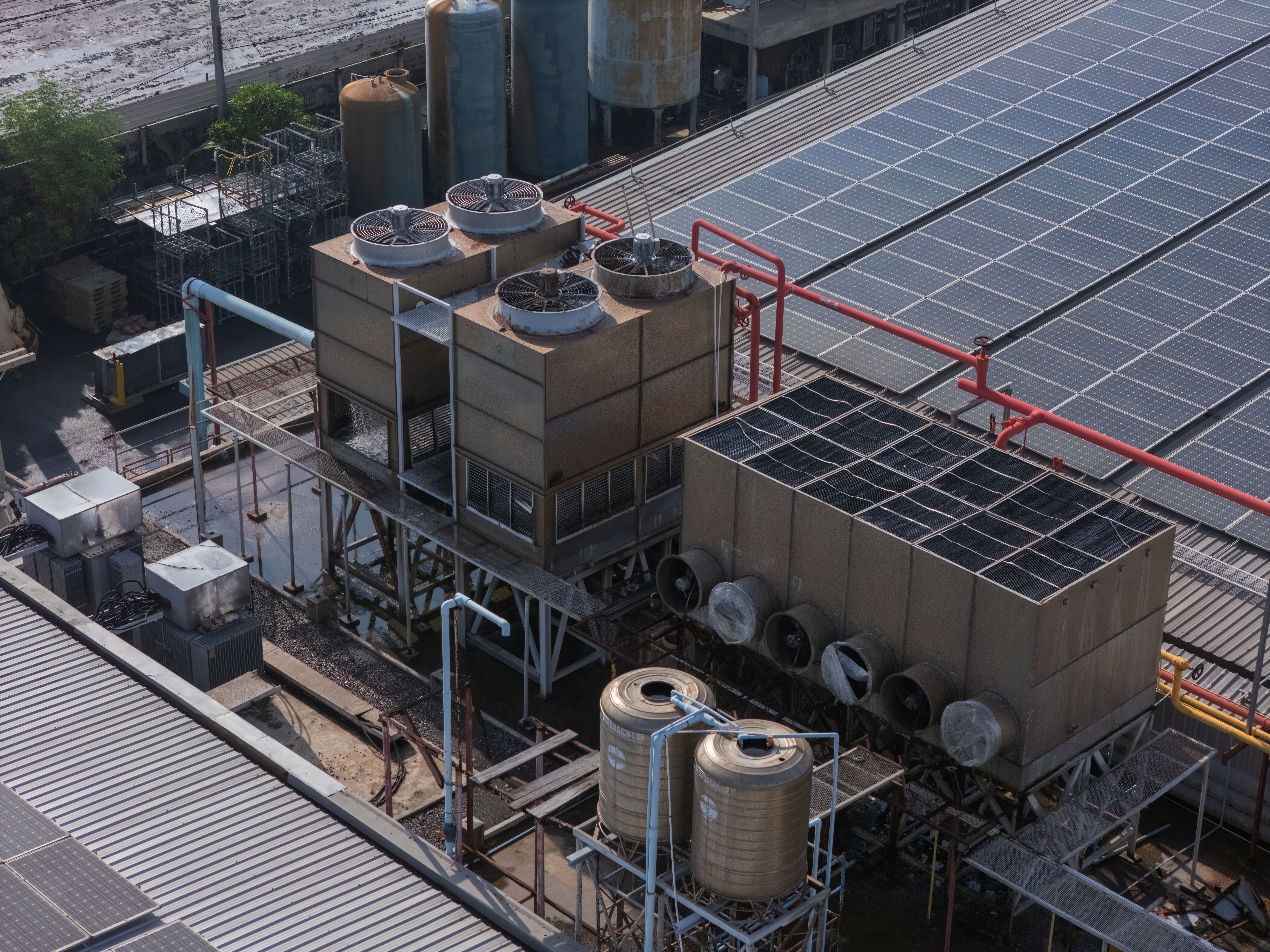The hydrogen industry is rapidly growing and is expected to play a significant role in the transition to a clean energy future. But, with the increasing demand for hydrogen, there is also an increasing need for safe and reliable infrastructure to support its production, storage, and transport.
The installation of hydrogen compressors is not without its challenges. The high reactivity of hydrogen gas and the potential for hydrogen embrittlement of materials used in the compressor system make it crucial to ensure that the installation is done correctly.
Hydrogen Compressor Installation Recommendations and Directives
What is API RP686?
API RP686 is a recommended practice developed by the American Petroleum Institute (API) for the installation of machinery in refineries and petrochemical plants. It was originally designed for the oil and gas industry. But it has become increasingly important in the installation of hydrogen compressors too.
The recommended practice provides guidelines for the proper installation of machinery in hazardous locations. This helps to ensure the safety and reliability of the equipment. It covers a range of topics including:
- Design considerations
- Foundation design
- Installation procedures
- Commissioning and startup procedures
One of the key benefits of following API RP686 when installing hydrogen compressors is that it helps to ensure the right approach from the beginning. By following the guidelines, potential problems can be identified and addressed before the compressor goes into operation. This helps reduce the risk of costly downtime and repair work. Additionally, it reduces the risk of accidents or equipment failure.
The Machinery Directive 2006/42/EC
The Machinery Directive 2006/42/EC is a European Union (EU) directive. It sets out essential health and safety requirements for machinery placed on the market or put into service in the EU. It aims to ensure that machinery is designed and manufactured to be safe for users. And to protect against accidents and risks to health.
Installers of hydrogen compressors must also ensure that the equipment is installed correctly. And that any associated piping and electrical systems are designed and installed in accord with relevant standards and guidelines. End-users of hydrogen compressors must also take steps to ensure that the equipment is operated and maintained safely throughout its life cycle. This may involve implementing regular maintenance and inspection programs, monitoring the performance of the equipment, and taking corrective action when necessary.
Key Considerations When Following API RP686 and the Machinery Directive 2006/42/EC For The installation Of Hydrogen Compressors
First, it is important to consider the design of the compressor system. This includes selecting materials that are compatible with hydrogen gas and taking into account the potential for hydrogen embrittlement. It is also important to consider factors such as:
- The location of the compressor
- The design of the foundation
- The type of piping and fittings that will be used

Proper installation procedures are essential. This includes ensuring that the equipment is installed according to the manufacturer’s specifications, that proper alignment is achieved, and that all components are properly torqued and tightened. This helps to maintain the work of the operation over its lifetime. It is also important to perform hydrostatic and leak testing to ensure that the system is operating safely and efficiently.
Commissioning and startup procedures are critical to ensuring the safe and reliable operation of the compressor system. This includes ensuring that all components are properly configured and calibrated, that all safety systems are functioning as intended, and that operators are trained on the proper operation and maintenance of the equipment.
Conclusion
The installation of hydrogen compressors is a critical aspect of the future functioning of your hydrogen compressor. And following best practices ensures efficient and safe operation.
API RP686 and the Machinery Directive 2006/42/EC provide guidelines for the proper installation of hydrogen compressors. Following them ensures the safety and reliability of the equipment. Proper design, installation procedures, and commissioning and startup procedures are essential to ensure the safe and reliable operation of the compressor system.
Looking for a team to carry out a grout application for your hydrogen compressor installation? Alphatec Engineering follows these best practices and many others to ensure the safe and efficient working of your machinery – reach out here!



